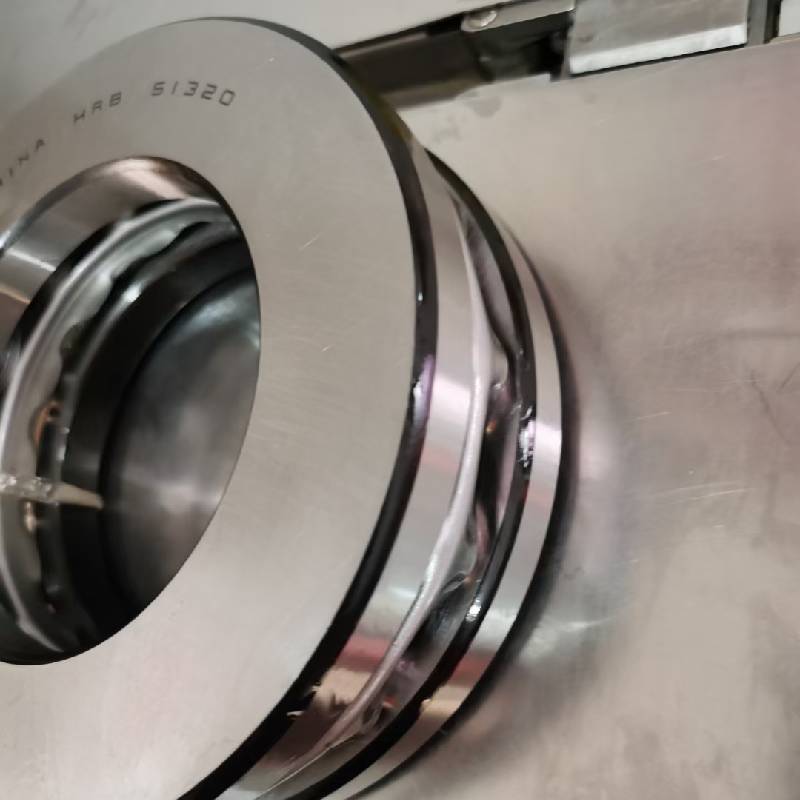
Sep . 03, 2024 09:43 Back to list
taper roller bearing dimensions chart
Understanding Taper Roller Bearing Dimensions A Comprehensive Guide
Taper roller bearings are essential components in various mechanical applications, designed to accommodate both radial and axial loads. Their unique construction features tapered inner and outer raceways, which allows for optimal load distribution and enhanced stability. To effectively select and implement taper roller bearings, understanding their dimensions is crucial.
Key Dimensions of Taper Roller Bearings
The dimensions of a taper roller bearing are typically specified in a dimensional chart, which includes critical parameters such as inner diameter (d), outer diameter (D), and width (B). Additionally, the angle of the taper, radial clearance, and load capacity are important factors that contribute to the performance of the bearing.
1. Inner Diameter (d) This is the diameter of the bore of the inner ring. It must fit snugly on the shaft to minimize vibration and prevent load misdistribution.
2. Outer Diameter (D) This dimension represents the diameter of the outer ring. It determines how the bearing fits within the housing, affecting the overall assembly size.
3. Width (B) This is the distance between the two raceways. The width can impact load capacity, so it's vital to choose an appropriate size based on application requirements.
4. Taper Angle Taper roller bearings come in different angles, typically ranging from 10° to 30°. The taper angle affects the bearing’s ability to handle axial loads. A larger angle typically allows for greater axial load handling but often at the cost of reduced radial load capacity.
taper roller bearing dimensions chart

5. Radial Clearance This refers to the small space between the rolling elements and the raceways. Correct radial clearance is essential for accommodating thermal expansion and ensuring smooth operation.
6. Load Capacity Taper roller bearings are rated for specific loads, defined by dynamic (C) and static (C0) capacity values. Selecting a bearing with the correct load capacity is crucial to ensure longevity and performance under the desired operating conditions.
Importance of Taper Roller Bearing Dimensions
Selecting the right taper roller bearing dimensions is critical for achieving optimal performance in applications such as automotive, aerospace, and industrial machinery. Incorrect dimensions can lead to premature bearing failure, reduced efficiency, and increased maintenance costs.
For example, in heavy load applications like truck axles, using the right dimension bearing ensures that the load is evenly distributed across the roller elements, reducing the risk of wear and tear. Similarly, in precise engineering applications, such as robotics, the exact dimensions help maintain accuracy and reliability.
Conclusion
Understanding taper roller bearing dimensions is vital for engineers and technicians who aim to optimize machinery performance and reliability. By referring to the taper roller bearing dimensions chart, users can make informed decisions tailored to their specific application needs. This knowledge not only facilitates better design choices but also contributes to improved operational life and efficiency of the machinery in which these bearings are utilized. As technology continues to advance, ensuring that one is familiar with updated specifications will remain an essential skill in the engineering toolkit.
Latest news
-
Common Failures in Thrust Ball Bearings and Solutions
NewsAug.22,2025
-
How Tapered Roller Bearings Can Take Shock Loads
NewsAug.22,2025
-
Angular Bearings in High-Precision Spindles
NewsAug.22,2025
-
The Impact of Misalignment on Cylindrical Roller Bearing Performance
NewsAug.22,2025
-
The Role of Cage Design in Deep Groove Ball Bearing Durability
NewsAug.22,2025
-
The Impact of Material Quality on Machinery Bearings’ Lifespan
NewsAug.22,2025
